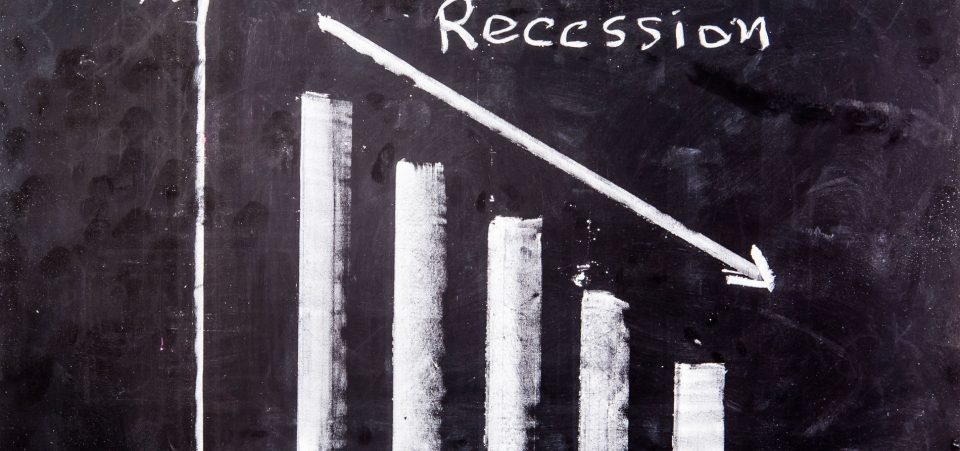A Recession Could Hit as the Trump Bull Market Fades in 2018
Judging by the stock market’s performance, you could hardly go wrong by betting on a bullish 2017. The market is experiencing a “Trump Rally.” All expectations are that the president-elect, after he’s inaugurated on January 20, will validate the optimistic growth forecasts of over 2.5% for the United States. Yet there is a looming shadow of recession.
The bulls believe in the Trump program. It involves providing for fiscal incentives (increase in public spending, tax cuts and the launch of major infrastructure investments). This should certainly stimulate growth and economic expansion.
But in the longer term, there are questions as to how long the Trump plan might last. If growth is likely in 2017, then in 2018, the probability of a downward revision is also likely. The rate of growth might even grind to the level of a recession.
Some have already seen the currents of the next recession. There has been a noticeable drop in state tax revenue. This, say observers, has usually alerted the markets that a recession is coming. (Source: “Do State Revenue Trends Indicate That A Recession Is Imminent?,” Zero Hedge, December 13, 2016.)
The warnings signs of a recession are there. Bullish investors should at least be aware of the reliability of the “state tax revenue” recession predictor. The National Association of State Budget Officers (NASBO) has indeed noted that state revenues have begun to drop. They are struggling to find the money to fund and sustain already underfunded pensions, rising education costs, and all-around skyrocketing costs for the basics. (Source: Ibid.)
The deterioration of the public accounts both at the federal and state levels risks rapidly inflating debt. This would limit the extent to which the government might uphold the tax cuts that are fueling the “Trump rally.” Many states have already cut a combined $2.8 billion out of their budgets in the 2015 fiscal year. (Source: Ibid.)
Eventually, after the protectionist-backed growth wears off, Trump’s program will run into more obstacles. In order to achieve it, Trump will have led America out of existing trade agreements. At the very least, Trump will modify those deals—if he sticks to his program. This will also imply changes (increases) to import duties and tariffs, which other countries would reciprocate.
In other words, Trump’s plan is too inward-looking. It limits growth potential to the U.S. market in particular, shutting the “escape pressure valve” for export-backed growth. Emerging economies like China, also suffering from the cost of repaying dollar-denominated debt, will also face more difficulties.
In fact, the strong appreciation of the dollar and the rise in long-term U.S. rates have already increased the likelihood of more failures in emerging economies.






